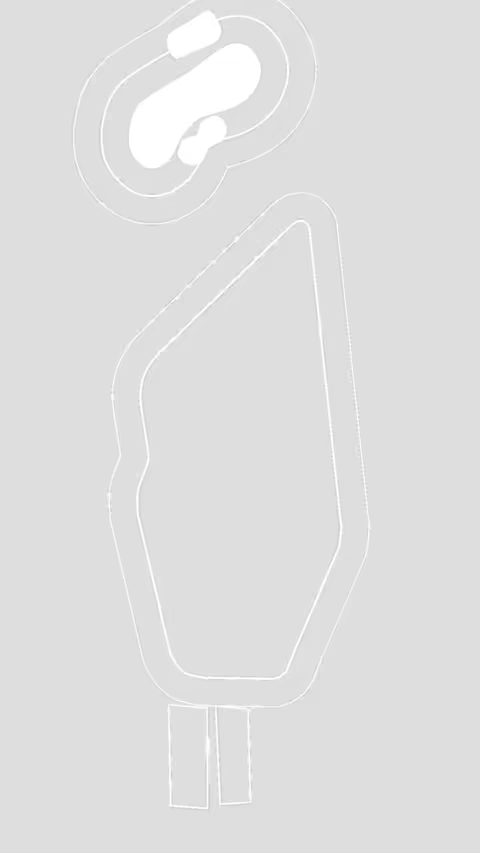
SOUTH-KOREA
2 Courses

Golf in South Korea: Where Cutting-Edge Technology Meets Mountainous Tradition
Golf in South Korea represents a fascinating juxtaposition of ultra-modern golfing infrastructure and deep-rooted cultural traditions, creating one of Asia's most dynamic golf landscapes.
The sport arrived during the Japanese occupation (1910-1945) with the first course built in 1900 at Jemulpo (now Incheon), but only blossomed after the 1988 Seoul Olympics when economic growth enabled widespread course construction.
Today, South Korea boasts over 500 courses, with a unique golf culture that blends high-tech facilities with Confucian-influenced etiquette.
The mountainous terrain covering 70% of the country has led to innovative course designs featuring dramatic elevation changes, multi-level greens, and cable car access to tees - solutions that have redefined mountain golf architecture globally.
Three key regions showcase South Korea's golf diversity.
The Greater Seoul area concentrates elite private clubs like Nine Bridges on Jeju Island, featuring volcanic rock formations and the country's only sandbelt-style bunkering.
The South Gyeongsang region offers coastal golf at courses like The Club at Yeoju, where lakes and rice paddies come into play.
Gangwon Province's mountainous terrain hosts ski-golf resorts like Bears Best Cheongna, where winter golf is played on heated fairways.
Each region adapts to its environment while maintaining the impeccable course conditions and high-tech amenities that define Korean golf.
Signature courses highlight South Korea's golf ambitions.
Jack Nicklaus Golf Club Korea in Incheon, designed by the Golden Bear himself, hosted the 2015 Presidents Cup with its risk-reward layout over 150 bunkers.
Nine Bridges on Jeju Island, co-designed by Ronald Fream and David Dale, is consistently ranked Asia's top course with its natural lava rock formations and 360-degree mountain views.
The Club at Yeoju, a Ted Robinson Jr.
design, features 27 holes weaving through traditional Korean agricultural landscapes.
These courses demonstrate how South Korea has adapted international design principles to its unique topography.
Player development is world-class, producing LPGA stars like Jin Young Ko (15+ wins) and Sungjae Im (PGA Tour Rookie of the Year 2019).
The Korean Golf Association's national training center in Icheon nurtures talent through military-style discipline, while over 300 screen golf academies nationwide allow year-round training.
Junior participation exceeds 200,000, supported by corporate sponsorships from Korean conglomerates.
This system has made South Korea the only Asian country to produce both male and female major champions.
Tourism appeal combines golf with Korea's cultural treasures.
Peak seasons are spring (April-May) for cherry blossoms and autumn (September-October) for foliage, with winter golf gaining popularity at heated courses.
Non-golf attractions include Jeju's volcanic landscapes, Gyeongju's ancient temples, and Seoul's high-tech attractions like the Dongdaemun Design Plaza.
Luxury golf resorts like Lotte Skyhill Country Club offer traditional Korean spas (jjimjilbang) alongside golf.
Sustainability efforts focus on water conservation in Korea's monsoon climate, with courses like Blackstone Golf Club using AI-powered irrigation.
The KPGA mandates environmental certifications, while courses near DMZ wildlife corridors implement strict habitat protections.
Solar-powered carts and organic fertilizers are becoming standard as Korea pushes its Green New Deal policies into golf.
Future projects include the $500 million Silk Valley Golf City near Seoul and Korea's first true links course on the west coast.
The KPGA aims to host a men's major by 2030, building on its successful women's major championships.
With golf participation growing 8% annually and projected to reach 5 million players by 2025, Korea is poised to become golf's Asian epicenter..

